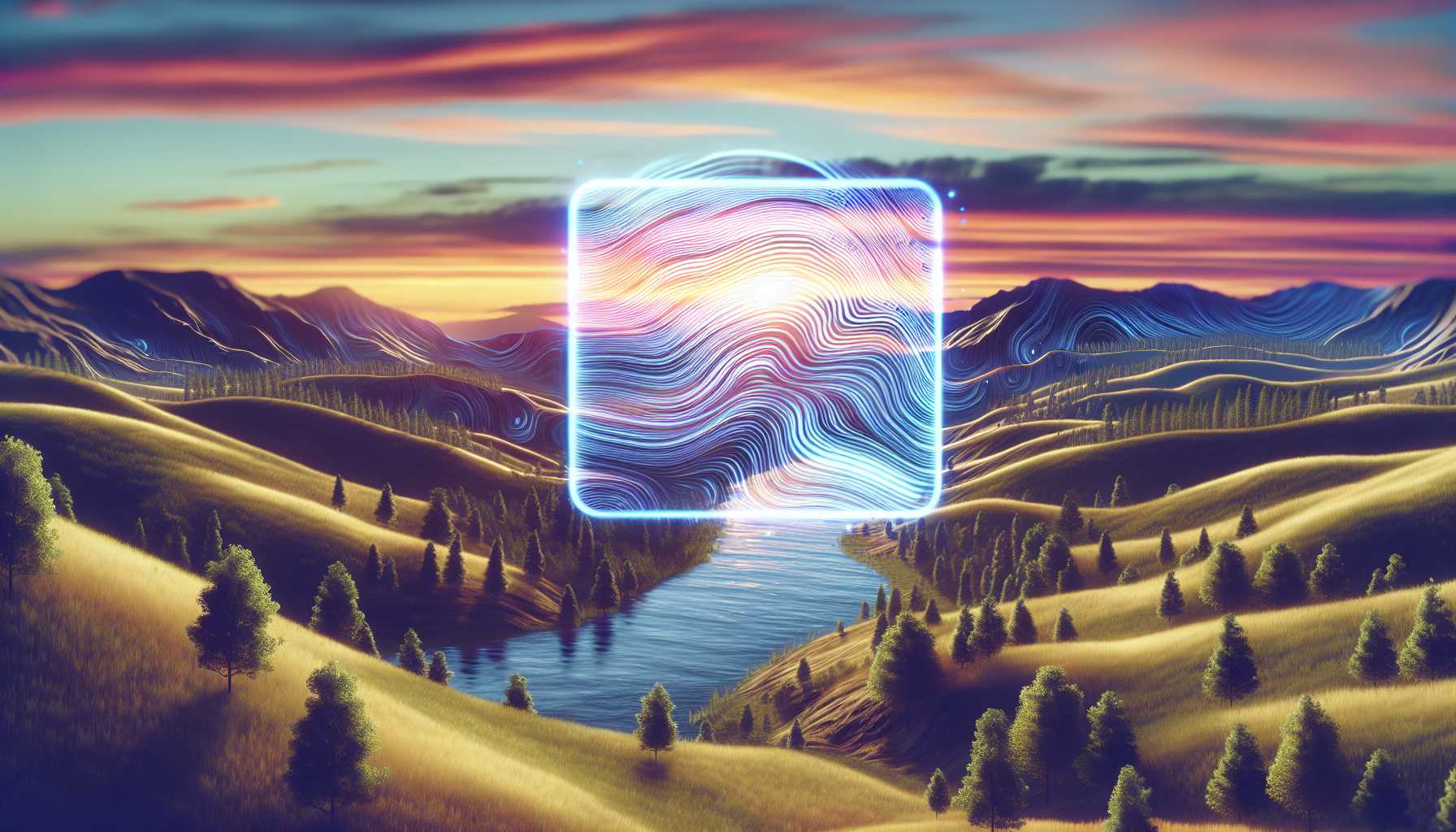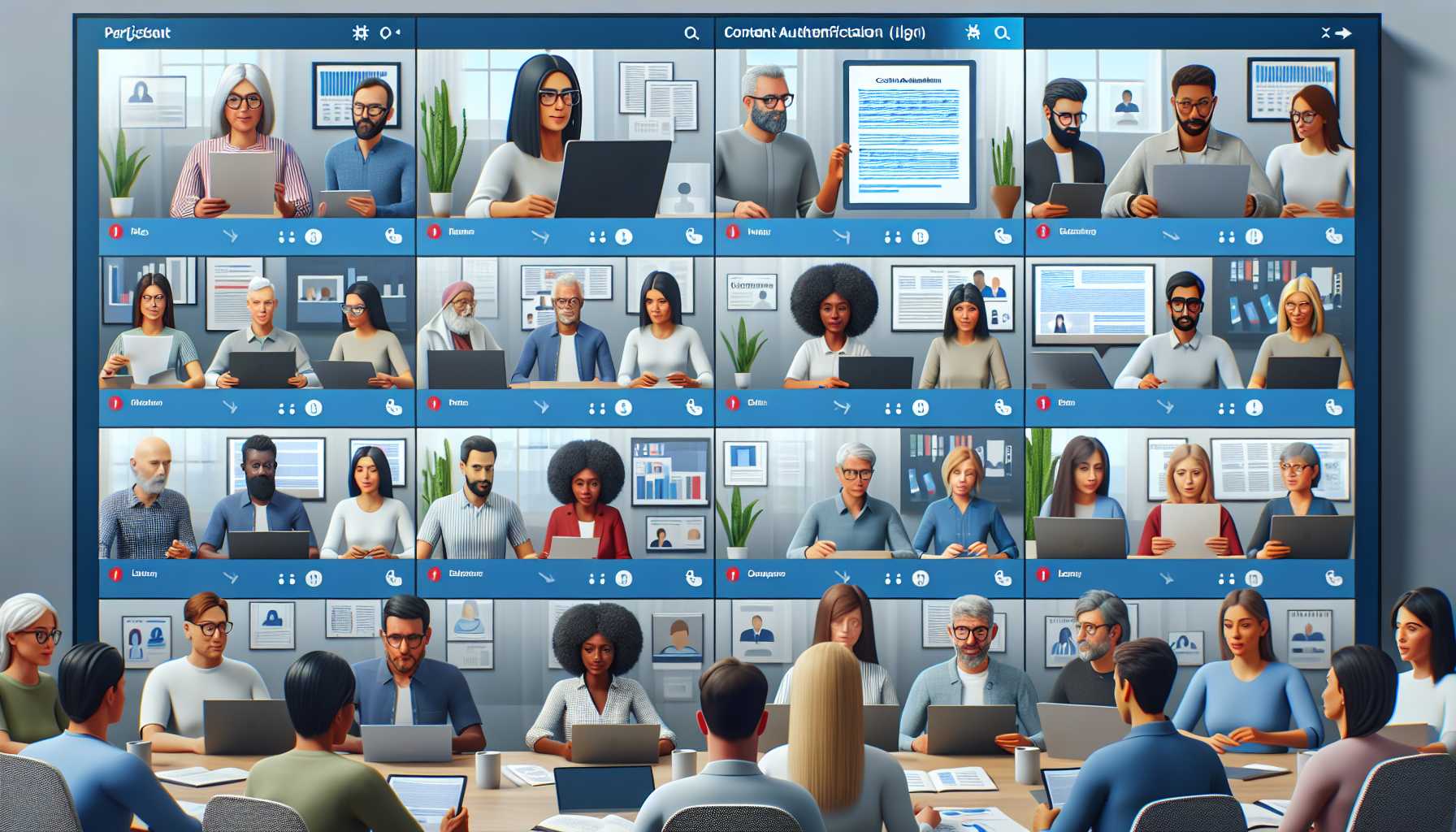The Digital Watermark Crusade: OpenAI’s Quest for Authenticity in the AI-Generated Image Era
The digital landscape is evolving at a warp speed, and with that, the rise of artificial intelligence-generated content has brought both wonder and worry to the frontlines. OpenAI, the organization behind some of the most advanced AI tools in the market, has taken a noteworthy step towards mitigating the potential havoc the so-called “deepfake tsunami” could wreak on society. But is their solution of watermarking AI-generated images a stroke of genius, a mere drop in the ocean, or simply leading us into murkier waters? Let’s dive in.
The Deepfake Dilemma: Identifying AI-Generated Images
Imagine scrolling through your social feed when you stumble upon a sensational image – perhaps a politician in an unexpected situation or a celebrity endorsing a product they’ve never used. Is it real, or is it a product of artificial imagination? OpenAI’s announcement to watermark images created by its services, such as DALL-E, seems like a logical step in bringing transparency to this conundrum. But here’s the twist in the plot: the effectiveness of this watermark relies heavily upon the integrity of digital metadata, a fragile string of information that can be as easily severed as a card tag on a new shirt.
The Watermark Workaround: A False Sense of Security?
With a Sherlock Holmes hat on, you might fancy yourself spotting a fake by detecting the AI watermark. But your detective skills might hit a roadblock because removing this watermark is as simple as snapping a screenshot – the digital equivalent of pulling a rabbit out of a hat. Once the metadata watermark is detached, any traces of the image’s AI origins vanish without a trace.
OpenAI isn’t oblivious to this sleight-of-hand issue. They recognize that even well-meaning users might inadvertently scrub off the watermark when uploading images to social platforms, which typically strip metadata to protect privacy. This phenomenon could turn your innocent post into the unwitting herald of a “fake image fiasco.”
Between a Rock and a Hard Pixel: Is Watermarking Enough?
OpenAI carries the torch of optimism, asserting that these techniques of establishing provenance – that’s tech-speak for tracing the image’s origin story – are key to enhancing digital trust. But even they admit that their watermark isn’t the elusive magic bullet in the fight against misinformation.
As a tech enthusiast and an industry insider, I applaud the initiative. Encouraging awareness of digital content provenance is vital given the photorealistic capabilities of AI today. However, we must not don rose-tinted AR glasses and ignore the limitations. A multi-faceted approach that includes both technological solutions and user education will be paramount in this saga.
Allies Assemble: The Coalition for Content Provenance and Authenticity (C2PA)
OpenAI is not heading into battle solo. The C2PA initiative, spearheaded by Adobe and involving titans like the BBC, Microsoft, and the New York Times, has created a standard for authenticating digital content. Meta is also waving the flag, preparing to introduce its own tags for labelling AI-generated content, though the details remain as elusive as a chameleon in a room of mirrors.
C2PA has already unleashed Content Credentials Verify into the wild – an AI check system that cross-examines images with the vigor of a courtroom drama. But remember, this digital ID card doesn’t chalk the “case closed” just yet. An image passing the verification process doesn’t guarantee authenticity anymore than a passport confirms good intentions.
Navigating the Digital Sea: An Expert’s Perspective
Let’s round up with some pearls of wisdom from the trenches of tech development and investment. The move by OpenAI and its cohorts towards digital transparency is not just commendable but necessary. In an age where seeing is no longer believing, we must equip ourselves with tools that challenge our perceptions and safeguard truthfulness.
Technology will continue to raise the bar, and with each elevation, our strategies must leap accordingly. Users, platforms, and creators alike must engage in a symphony of vigilance and accountability. After all, in the vast ocean of digital content, we are all sailors trying to navigate through the fog of falsehoods and find the lighthouse of truth.
As the tech world endeavors to stay one step ahead of misuse and scepticism, let’s not underestimate the power of collective awareness. Adopting digital literacy as a universal language may just be the keystone in the arch of safeguarding reality in our increasingly virtual world.
The Final Take
The digital watermark crusade by OpenAI is akin to drawing a line in the sand – a necessary boundary, but one that the tides of tech can easily wash away. Still, every step counts in this monumental journey. As clever and cunning as our AI creations get, our quest to maintain authenticity in the digital realm will be the ultimate testament to human ingenuity.
If there’s one truth that remains unaltered by pixels or perceptions, it’s that the value of trust in our digital age is priceless. And now, as every good tech storyteller does, it’s time to push the boundaries of creativity. I invite OpenAI’s DALL-E to take the stage and produce some illustrated interpretations of our narrative, because in the end, every story deserves its visuals.
And remember, dear readers, in our modern digital odyssey, our greatest compass may just be our commitment to discernment and truth. Stay curious, stay informed, and keep the conversation about the future of digital content honesty and transparency going.





